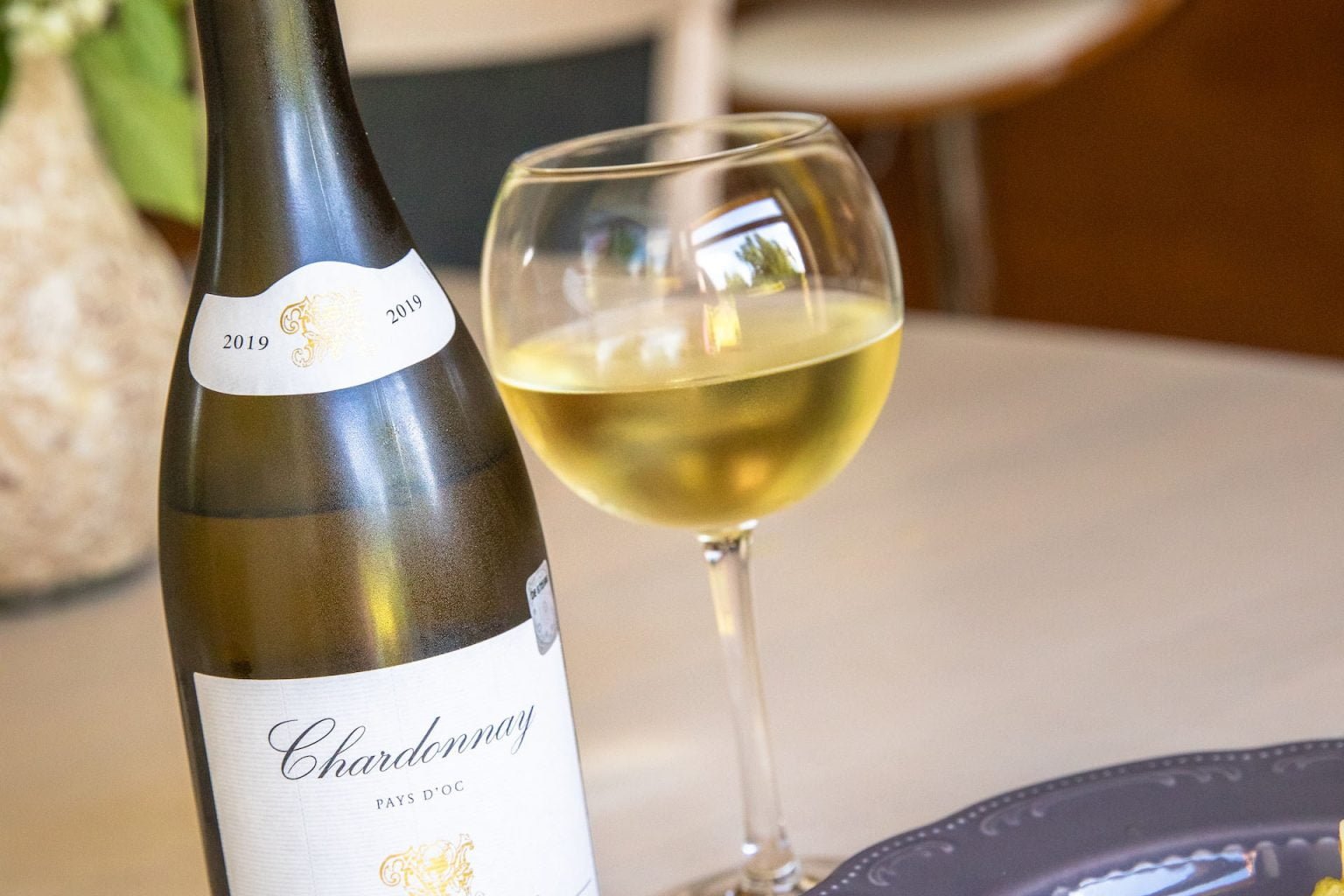Chardonnay is a green-skinned grape variety that originated in the Burgundy region of France. The grape is named after the village of Chardonnay, which is located in the Mâconnais region of Burgundy. While the exact origins of Chardonnay are unknown, it is believed that the grape was first cultivated in the 12th century.
Today, Chardonnay is grown in many different regions around the world, including California, Australia, New Zealand, and South Africa. The grape is relatively easy to grow and is known for its ability to adapt to a variety of soil types and climates.
The production of Chardonnay wine typically involves a process known as malolactic fermentation, which helps to soften the wine and give it a creamy, buttery flavor. This process is optional, however, and some winemakers choose to skip it in order to preserve the wine’s fruit flavors.
Flavor Profile of Chardonnay
Chardonnay is a dry white wine that is known for its medium to full body and high acidity. The wine typically has flavors of green apple, lemon, and pear, as well as subtle hints of oak and vanilla. The oak flavors are typically more pronounced in Chardonnay wines that have been aged in oak barrels.
Chardonnay wines that have undergone malolactic fermentation typically have a creamy, buttery texture and flavors of caramel and butterscotch. These wines are often described as “oaky” or “buttery.”
Food Pairings for Chardonnay
Chardonnay is a versatile wine that pairs well with a variety of foods. The wine’s high acidity and full body make it a great match for fatty or rich foods, such as roasted chicken, lobster, and creamy pasta dishes. Chardonnay also pairs well with mild or creamy cheeses, such as brie or camembert.
When pairing Chardonnay with food, it is important to consider the wine’s flavor profile. Chardonnay wines that have undergone malolactic fermentation and have a buttery flavor pair well with foods that have a rich, creamy sauce. Wines that have not undergone malolactic fermentation and have a fruitier flavor profile pair well with lighter dishes, such as salads and grilled fish.
Buying and Serving Chardonnay
When buying Chardonnay, it is important to consider the wine’s age and style. Younger Chardonnay wines are typically fruitier and have less oak flavor, while older Chardonnay wines are more complex and have more pronounced oak flavors.
When serving Chardonnay, it is important to chill the wine to the appropriate temperature. Chardonnay should be served at around 50-55 degrees Fahrenheit (10-13 degrees Celsius) in order to bring out its full flavor profile.
Conclusion
Chardonnay is a popular white wine that is loved by many for its versatility and ability to pair with a variety of foods. Whether you prefer a fruitier Chardonnay or one that has undergone malolactic fermentation and has a buttery flavor, there is a Chardonnay out there for everyone.
So the next time you’re at a restaurant or looking to purchase a bottle of wine for your next dinner party, consider giving Chardonnay a try.
With its wide availability and versatility, it’s easy to find a Chardonnay that suits your taste and pairs perfectly with your meal. Whether you’re a seasoned wine connoisseur or new to the world of wine, Chardonnay is a great choice for any occasion.
FAQs
Is Chardonnay a sweet or dry wine?
Chardonnay is typically a dry white wine, although there are some sweet Chardonnay wines available on the market.
What food pairs well with Chardonnay?
Chardonnay pairs well with a variety of foods, including roasted chicken, lobster, and creamy pasta dishes. The wine also pairs well with mild or creamy cheeses.
Should Chardonnay be served chilled?
Yes, Chardonnay should be served chilled to bring out its full flavor profile. The wine should be served at around 50-55 degrees Fahrenheit (10-13 degrees Celsius).
What is the difference between oaked and unoaked Chardonnay?
Oaked Chardonnay wines are aged in oak barrels, which gives them a more pronounced oak flavor and a buttery texture. Unoaked Chardonnay wines have not been aged in oak barrels and typically have a fruitier flavor profile.
Can Chardonnay be aged?
Yes, Chardonnay can be aged, although the aging process will depend on the style of the wine. Younger Chardonnay wines are typically consumed within a year or two of bottling, while older Chardonnay wines can be aged for up to 10 years or more.



